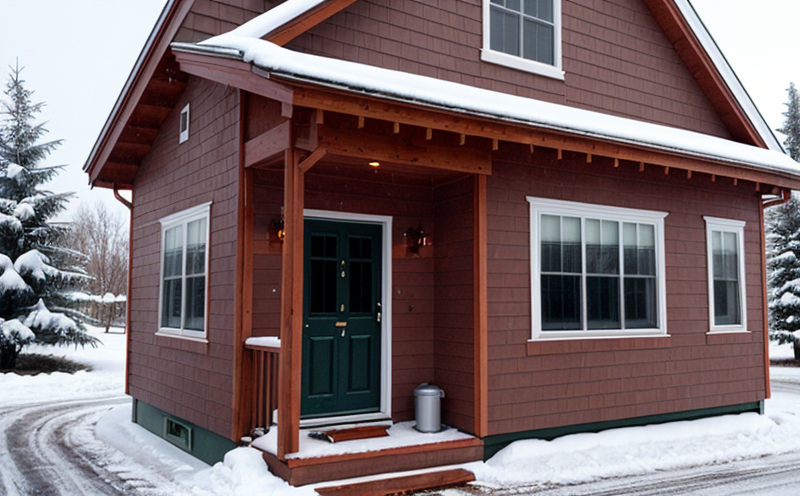ISO 5151 Seasonal Energy Performance of AC Units
The ISO 5151 standard provides a method to determine the seasonal energy performance (SEP) of air conditioning units. This testing is essential for manufacturers, engineers, and quality managers looking to ensure their products meet stringent energy efficiency standards before entering the market.
Compliance with this standard ensures that HVAC equipment operates efficiently over an entire season, which is crucial for reducing operational costs and promoting sustainable practices in various sectors like residential, commercial, and industrial buildings. The test simulates real-world conditions under typical outdoor air temperatures, ensuring accurate results reflecting actual usage scenarios.
Our laboratory follows the exact procedures outlined in ISO 5151 to provide reliable and accurate testing. We employ state-of-the-art equipment calibrated to meet international standards, ensuring precise measurements that reflect true performance metrics. This meticulous approach guarantees you receive trustworthy data upon which decisions can be confidently made regarding product development or regulatory compliance.
The process involves placing the unit in a climate-controlled chamber where it undergoes continuous operation over several days. Temperature and humidity levels mimic seasonal variations found across different geographical regions. By monitoring power consumption during these cycles, we calculate the Seasonal Energy Efficiency Ratio (SEER) for each tested AC unit.
Understanding the importance of SEER values, our experienced team offers detailed reports that not only present numerical results but also provide insights into how various factors influence energy usage. These analyses help stakeholders make informed choices about selecting optimal equipment based on local climate conditions and budget constraints.
To summarize, ISO 5151 testing plays a pivotal role in ensuring HVAC systems perform efficiently throughout the year while adhering to global standards of environmental responsibility. By choosing this service, you contribute towards creating more sustainable environments by optimizing resource utilization within your facilities or products."
Scope and Methodology
| Aspect | Description |
|---|---|
| Test Environment | The test chamber simulates outdoor temperature and humidity conditions to accurately reflect real-world performance. Continuous monitoring ensures consistent data collection. |
| Operation Duration | The AC unit runs for extended periods, typically several days, to establish a baseline of energy consumption under varying load conditions. |
| Data Collection | Power usage is measured continuously using high-precision instruments. This data is then analyzed to compute the SEER value. |
Industry Applications
- Manufacturers seeking certification for energy-efficient products.
- Building designers aiming to incorporate high-performance HVAC systems into their projects.
- Facility managers looking to upgrade existing equipment for improved efficiency and reduced costs.
- R&D teams exploring new technologies that enhance overall system performance.
Use Cases and Application Examples
In the residential sector, HVAC units with excellent seasonal energy performance contribute significantly to lower utility bills. In commercial settings, such as hotels or office buildings, optimizing SEER can lead to substantial cost savings over time. For industrial applications, where large-scale cooling is required, ensuring high SEER ratings helps maintain competitive advantage by reducing operational expenses.
For example, a hotel chain might use our ISO 5151 testing service before purchasing new air conditioning units for its properties. This ensures the selected models meet strict energy efficiency requirements set forth by local regulations while providing cost-effective solutions to their cooling needs."





